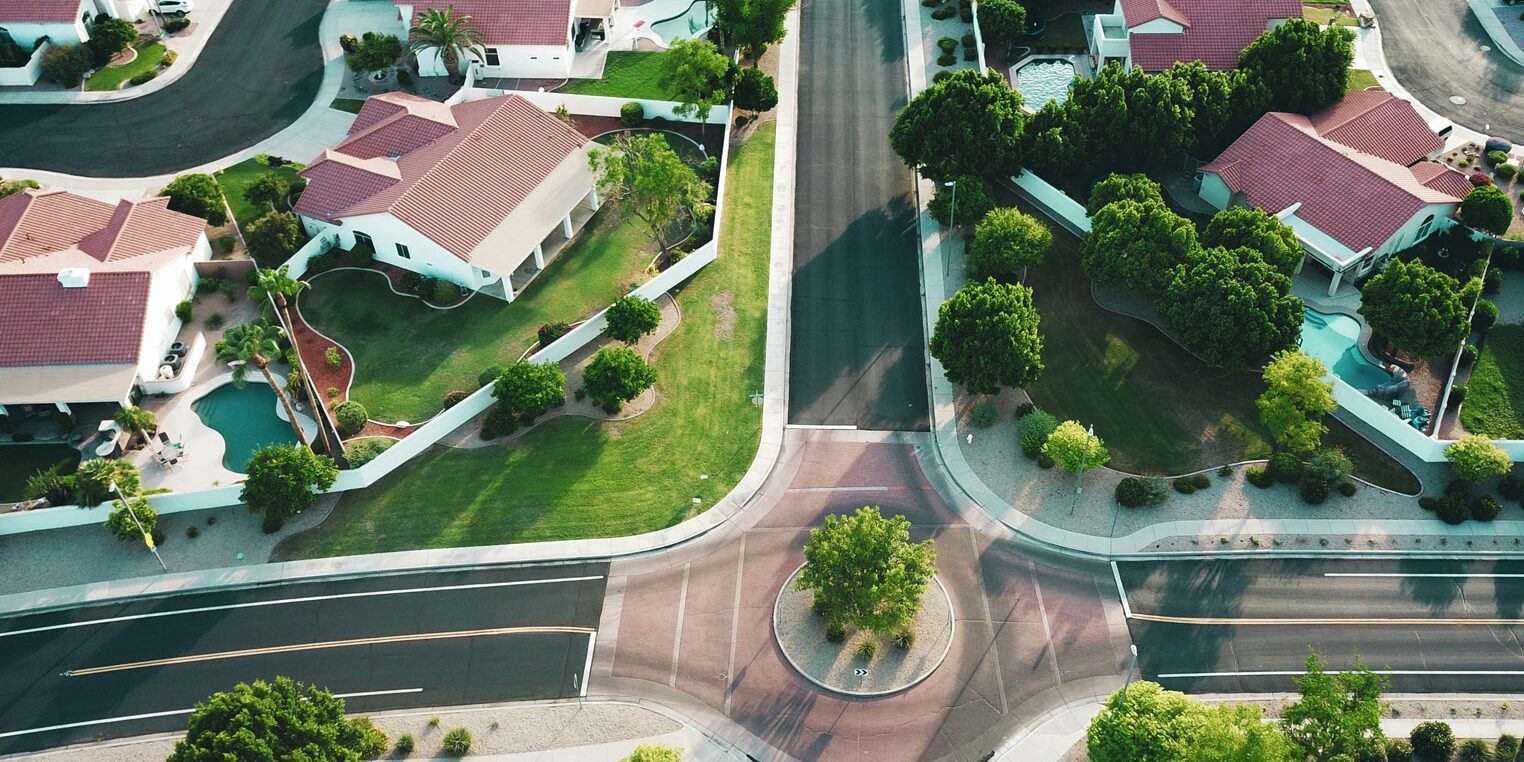Urban Streetscape Lighting and Fixtures Enable Positive Pedestrian Experiences
Pedestrian streetscapes are found in urban or suburban environments. They are designed to prioritize pedestrian safety, comfort, and convenience and enhance the neighborhood’s aesthetics with green space and other amenities.
What are the characteristics of a pedestrian-friendly streetscape?
- Wide sidewalks, well-maintained and adequately illuminated with lamp posts or bollards.
- Crosswalks that are marked at intersections and mid-block crossings to facilitate safe travel across vehicular traffic.
- Traffic slowing measures like speed bumps, raised intersections, narrow lanes, and signs can all be used to slow down traffic and increase pedestrian safety.
- Furniture and other amenities, including benches, street and footpath lighting, trash receptacles, and pet stations, enhance convenience and comfort for people and pets.
- Greenery, such as trees, plants, flowers, and other landscaping, improves the visual environment by reducing the focus on concrete, pavement, and buildings.
- Pedestrian plazas are open spaces designed for gathering and socializing, offering a place for people to enjoy the outdoors.
- Accessibility considerations such as curb ramps, tactile paving, and other accommodations make the streetscape more accessible to everyone.
- Mixed land use integrates residential, commercial, and recreational uses to encourage pedestrian activity and make neighborhoods walkable and more enjoyable for residents.
How to create a Pedestrian-Friendly Lighting Streetscape.
- Well-lit streetscapes reduce the risk of accidents, improve visibility for pedestrians and drivers, and deter criminal activity.
- Outdoor lighting should provide uniform illumination across sidewalks, crosswalks, pedestrian plazas, and other areas frequented by pedestrians. This uniformity reduces glare or dark spots, decreasing visual acuity at night.
- Lighting levels should be appropriate for the specific location and activity. Higher light levels are likely required in commercial areas or near intersections, while lower levels may suffice in residential neighborhoods or parks to create a more subdued ambiance.
- Energy-efficient LED lighting is commonly used for pedestrian streetscape lighting due to its efficiency, long lifespan, and ability to produce bright, high-quality light or color temperature-specific illumination where ambiance and style are required. Energy-efficient lighting not only reduces electricity costs but also contributes to sustainability goals.
- Pedestrian streetscape lighting may incorporate safety features such as motion sensors, emergency call boxes, or wayfinding signage to enhance safety and assist pedestrians when needed.
- Streetscape lighting fixtures should complement the overall design and aesthetic of the neighborhood or city center. Different styles of fixtures, such as decorative street lights, bollard lights, or integrated lighting within architectural elements, can enhance the area’s visual appeal while providing functional illumination.
- Smart lighting control systems can optimize energy usage by adjusting lighting levels based on ambient light conditions, pedestrian traffic patterns, or time of day. Dimming or turning off lights during periods of low activity can further conserve energy and reduce light pollution.
Urban pedestrian greenspaces and streetscapes are connected efforts to create a more vibrant, healthy, and sustainable urban environment for people on foot. Streetscapes can be designed to incorporate green elements like street trees and plants to enhance the pedestrian experience while providing the functional amenities required for safety and human or pet utilization. Decorative street lights, footpath bollards, benches, waste receptacles, bike racks, and pet waste stations are all components of a vibrant urban streetscape. Learn more about these streetscape amenities and how industry leader Brandon Industries can assist.








